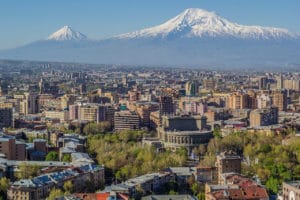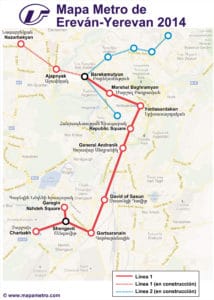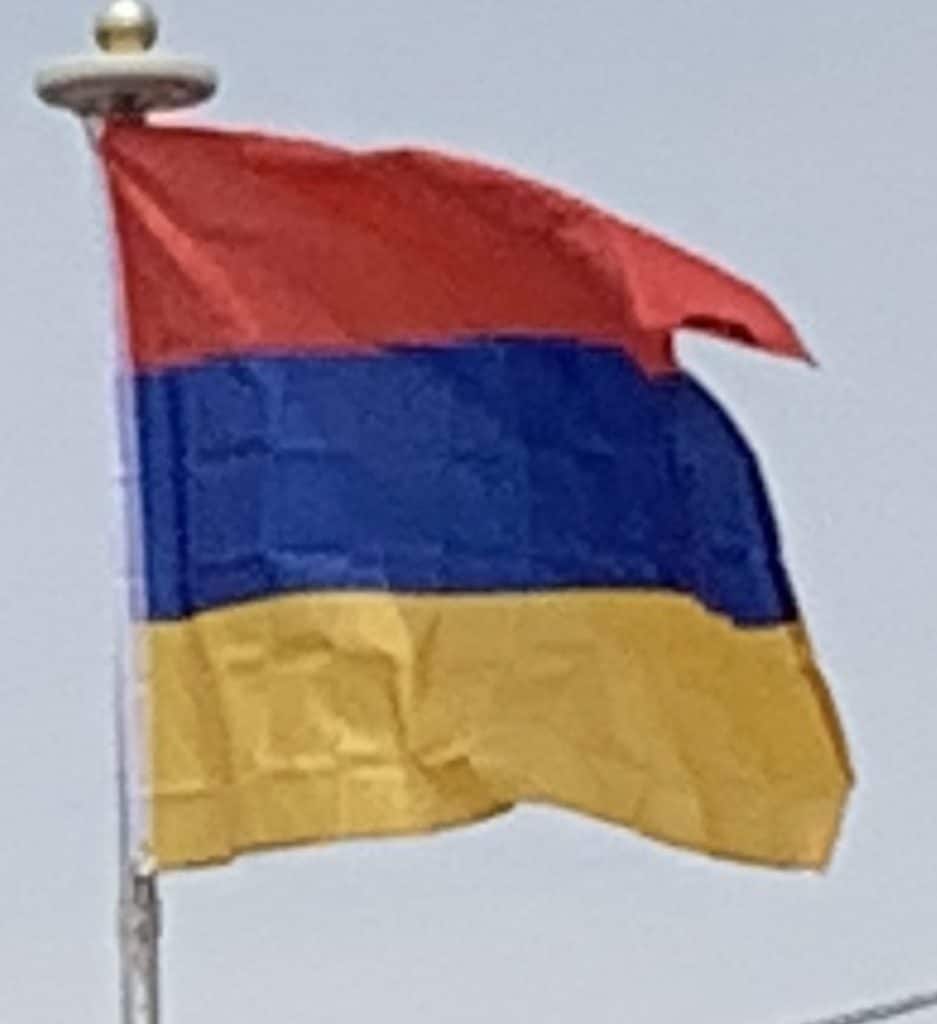
Like other newly independent states of the former Soviet Union, Armenia’s economy suffers from the breakdown of former Soviet trading patterns. Soviet investment in and support of Armenian industry has virtually disappeared, so that few major enterprises are still able to function. In addition, the effects of the 1988 Spitak earthquake, which killed more than 25,000 people and made 500,000 homeless, are still being felt. The conflict with Azerbaijan over Nagorno-Karabakh has not been resolved. The closure of Azerbaijani and Turkish borders has devastated the economy, because Armenia depends on outside supplies of energy and most raw materials. Land routes through Georgia and Iran are inadequate or unreliable. The GDP fell nearly 60% between 1989 and 1993, but then resumed robust growth. The national currency, the dram, suffered hyperinflation for the first years after its introduction in 1993.
Nevertheless, the government was able to make wide-ranging economic reforms that paid off in dramatically lower inflation and steady growth. The 1994 cease-fire in the Nagorno-Karabakh conflict has also helped the economy. Armenia has had strong economic growth since 1995, building on the turnaround that began the previous year, and inflation has been negligible for the past several years. New sectors, such as precious-stone processing and jewelry making, information and communication technology, and even tourism are beginning to supplement more traditional sectors of the economy, such as agriculture.

This steady economic progress has earned Armenia increasing support from international institutions. The International Monetary Fund (IMF), World Bank, European Bank for Reconstruction and Development (EBRD), and other international financial institutions (IFIs) and foreign countries are extending considerable grants and loans. Loans to Armenia since 1993 exceed $1.1 billion. These loans are targeted at reducing the budget deficit and stabilising the currency; developing private businesses; energy; agriculture; food processing; transportation; the health and education sectors; and ongoing rehabilitation in the earthquake zone. The government joined the World Trade Organization on 5 February 2003. But one of the main sources of foreign direct investments remains the Armenian diaspora, which finances major parts of the reconstruction of infrastructure and other public projects. Being a growing democratic state, Armenia also hopes to get more financial aid from the Western World.
Transportation:
Railways:
513 miles in common carrier service; does not include industrial lines. There is no service south of Yerevan.
International rail links include:
Azerbaijan – closed
Georgia – open
Iran – via Azerbaijan – closed
Turkey – closed –
Metros:
The capital city of Armenia, Yerevan, is serviced by the Yerevan Metro. The system was launched in 1981 and like most former Soviet Metros, its stations are very deep (20–70 meters underground) and intricately decorated with national motifs. The metro runs on a 8.3 mile line and currently serves 10 active stations. As of 2016, the annual ridership of the metro is 15.4 million people.

Roadways:
Total roadways are 7,700 km in length all of which are paved.
Airports:
Although there are 11 airports in Armenia, only Yerevan’s Zvartnots International Airport and Gyumri’s Shirak Airport are in use for commercial aviation.
